1865-1890: Emancipation, Reconstruction and Resistance to Reconstruction
Item
- Title
- Description
-
1865-1890: Emancipation, Reconstruction and Resistance to Reconstruction
-
This timeline designation enables the temporal indexing of persons and memorials, monuments, or other objects and places to persons who were active in resurrecting and/or influencing institutions of higher education and related entities in the three decades after the end of the Civil War. Such persons may have resisted social and political policies, arrangements, and alliances associated with Reconstruction, including the extension of civil and legal protections to freed persons by the passage of the Thirteenth, Fourteenth, and Fifteenth Amendments. These persons (or the monuments dedicated in their name) may have engaged in educational practices that advocated white supremacy, taken formal political actions (such as election to office) to “redeem” the southern state and local governments. Even as African Americans pursued full participation in political, economic, and social life, white southerners joined (or publicly defended) violent organizations like the Ku Klux Klan and similar paramilitary bodies that terrorized Black male voters and politicians and their white Republican allies. This period includes the imposition of “Black codes” at the state level and the resulting rise of Black “convict leasing” and other forms of re-enslavement. The period also saw the spread of white organizations in the South that recognized and honored veterans of the Confederate military (such as Ladies’ Memorial Associations and veterans groups). In the academy, a new generation of instructors developed and taught a literatureof pseudo-scientific theories arguing for the innate inferiority of Black persons and justifying their social and political suppression.
Position: 559 (13 views)
Related Items
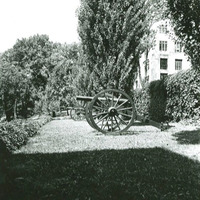 1848 Cadet Battery
1848 Cadet Battery  Armstrong, Louise Claiborne
Armstrong, Louise Claiborne 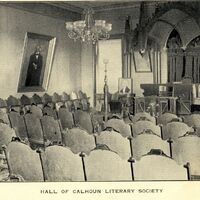 Calhoun Literary Society, a literary society named to commemorate John C. Calhoun
Calhoun Literary Society, a literary society named to commemorate John C. Calhoun 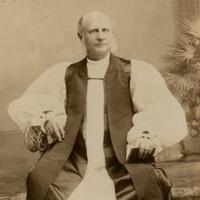 Capers, Ellison
Capers, Ellison 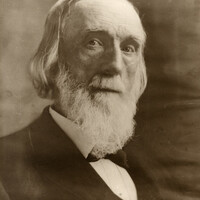 Carlisle, James Henry
Carlisle, James Henry 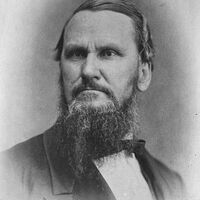 Dabney, Robert Lewis
Dabney, Robert Lewis  Dixon-Carroll, Elizabeth Delia, MD
Dixon-Carroll, Elizabeth Delia, MD 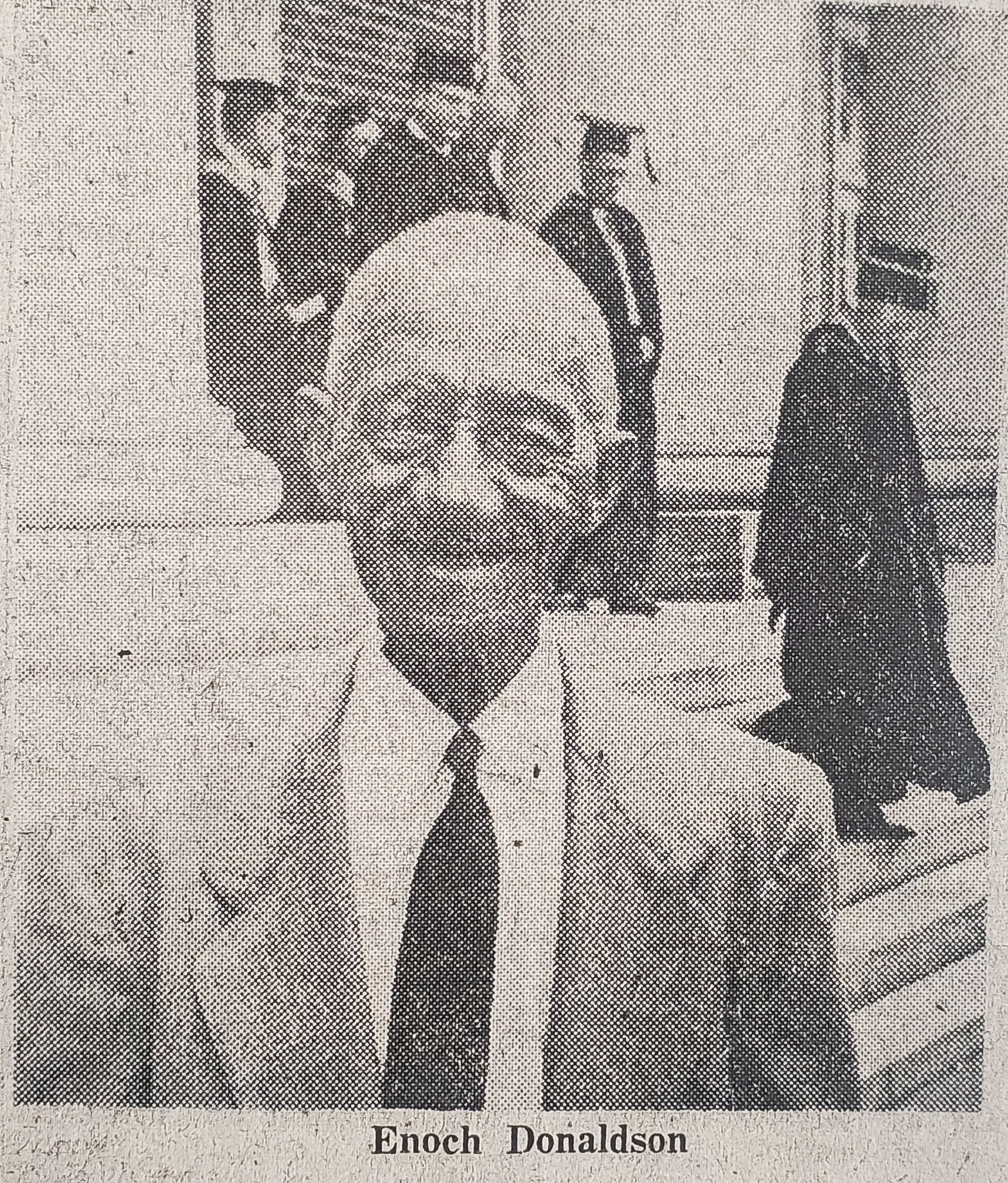 Donaldson, Enoch
Donaldson, Enoch  DuBose, William Porcher
DuBose, William Porcher  duPont, Jessie Ball
duPont, Jessie Ball  DuPre, Warren
DuPre, Warren 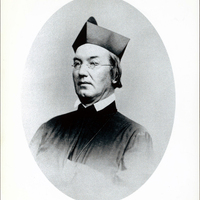 Early, John
Early, John  Elliott, Sarah Barnwell "Sada"
Elliott, Sarah Barnwell "Sada"  Fairbanks, George Rainsford
Fairbanks, George Rainsford 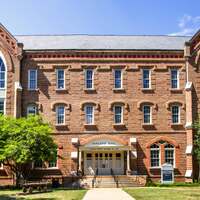 Garland Hall; a university classroom building named for Landon Cabell Garland
Garland Hall; a university classroom building named for Landon Cabell Garland  Gipson, Allen Casher
Gipson, Allen Casher  Hodgson, Telfair
Hodgson, Telfair  Jenkins, George Carrell
Jenkins, George Carrell  Joyner, James Yadkin
Joyner, James Yadkin  Kirby-Smith, Edmund
Kirby-Smith, Edmund  Lay, Henry Champlin
Lay, Henry Champlin 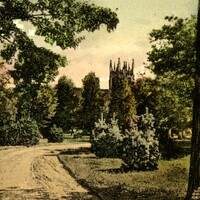 Manigault Park; a park dedicated to Charlotte Morris Manigault
Manigault Park; a park dedicated to Charlotte Morris Manigault  Manigault, Charlotte Morris
Manigault, Charlotte Morris  Martin, William W.
Martin, William W.  Otey Hall; classroom building dedicated to James Hervey Otey
Otey Hall; classroom building dedicated to James Hervey Otey